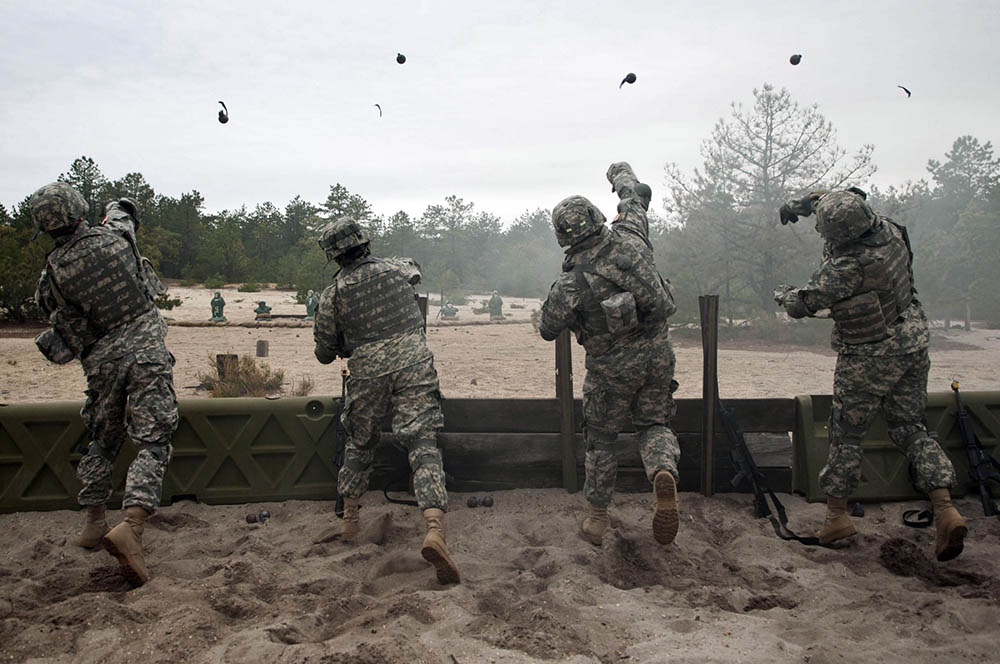Throwing a football far away won’t be a problem for any American. And calling it a fact and not an opinion won’t be wrong either.
Some sports in the world are as American as football. And every born child in this country has laid their hands on a football at some point. This love for the game encouraged folks at U.S Army’s Land Warfare Laboratory to build a football-shaped anti-tank grenade. And back in the time, they thought of it as an effective weapon for destroying the enemy’s tanks.
The military was concerned and doubtful of their anti-armor arsenal, and in an attempt to cater to those concerns, they started building a football device. The work for this was initiated at Maryland in July of 1973. This was important, as the U.S suspected a conflict in Europe with the Soviets at that time.
As per the Drive’s article, the army had BGM-71 TOW and FGM-77 Dragon anti-tank weapons, and these had one common issue, firing any of them meant you announced your position, making it easy for enemies to attack. Other than this, projectiles from these missiles did not activate until they traveled a specific distance, and this put the operator or a mate standing by at a huge risk. These factors made these missiles not as favorable to be used in a closed combat scenario.
LWL planned on building a hand-thrown football device with a shaped charge was the way to go. Say like a rocket or a warhead. A shaped charge, in other words, is also known as a hollow charge. It contains a large open cavity between the main explosive and the front side of the projectile. When the explosive detonates in this way, it expands towards the front side, which equals the projectile’s speed as a dart.
The technique was known since the 1800s and wasn’t something new at that time. It was known to work well. However, the point to be focused on here was the projectile’s face, if wrong, could dissipate in the wrong direction.
Why Precisely A Football?
In 1974, LWL said since a regulation size football is weighed at 14 ounces, it was considered perfect utility to making a shaped charge grenade within this weight limitation,” and what could be more “all US troops know how to throw footballs.”
Their idea made perfect sense; footballs are made to be thrown at long distances. And if a throw is good enough, the football stabilizes itself mid-air. As per the military manuals, an average soldier can lob a grenade at a distance of 35 meters. And an average NFL quarterback would throw it even further than that. Expecting someone not in the game to throw it that far won’t be fair, but you are bound to improve your performance if you are in the military.

However, this design never came into play and was never deployed in the field. The reason for that was that a football could bounce back real good too. And also, footballs are hollow inside, and their skin stabilizes them mid-air, and if filled with an explosive rig, it would cause weight imbalances. Altogether, they were not able to get the device to penetrate armor effectively. The football would definitely bounce before detonation too, which would cause more loss impact-wise.
The Nerf company didn’t end empty-handed either. They became the producers of foam bullet launchers instead of quirky war time contraptions.


